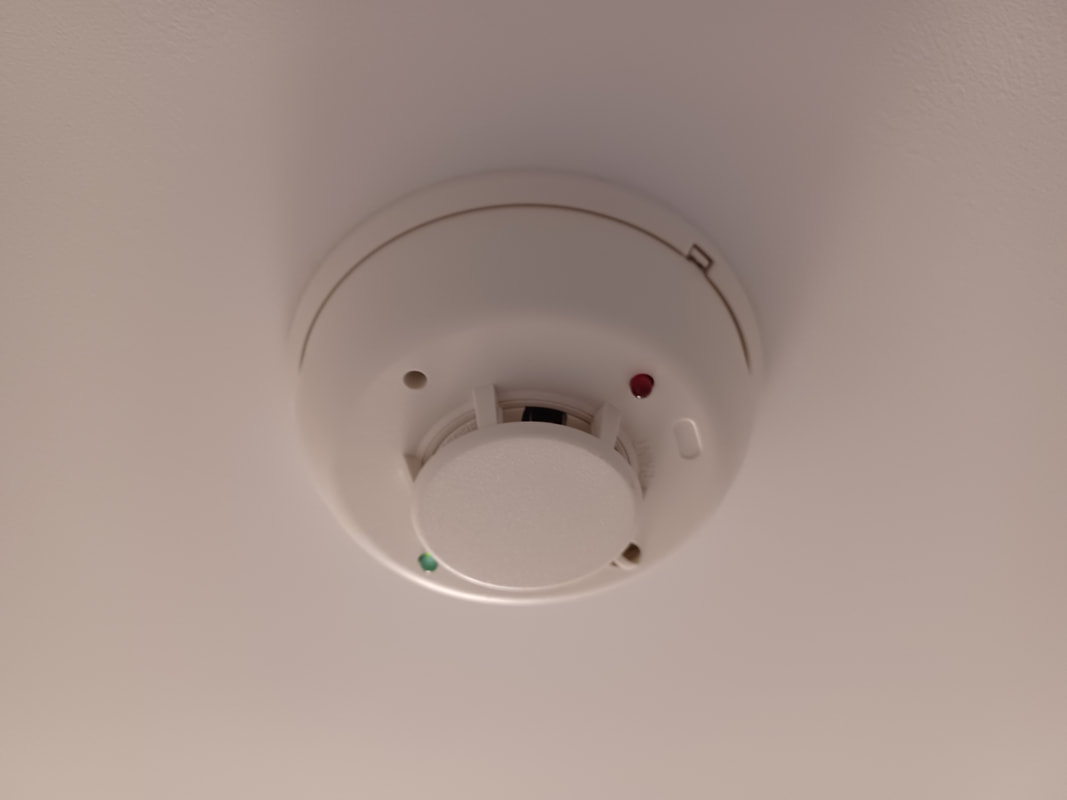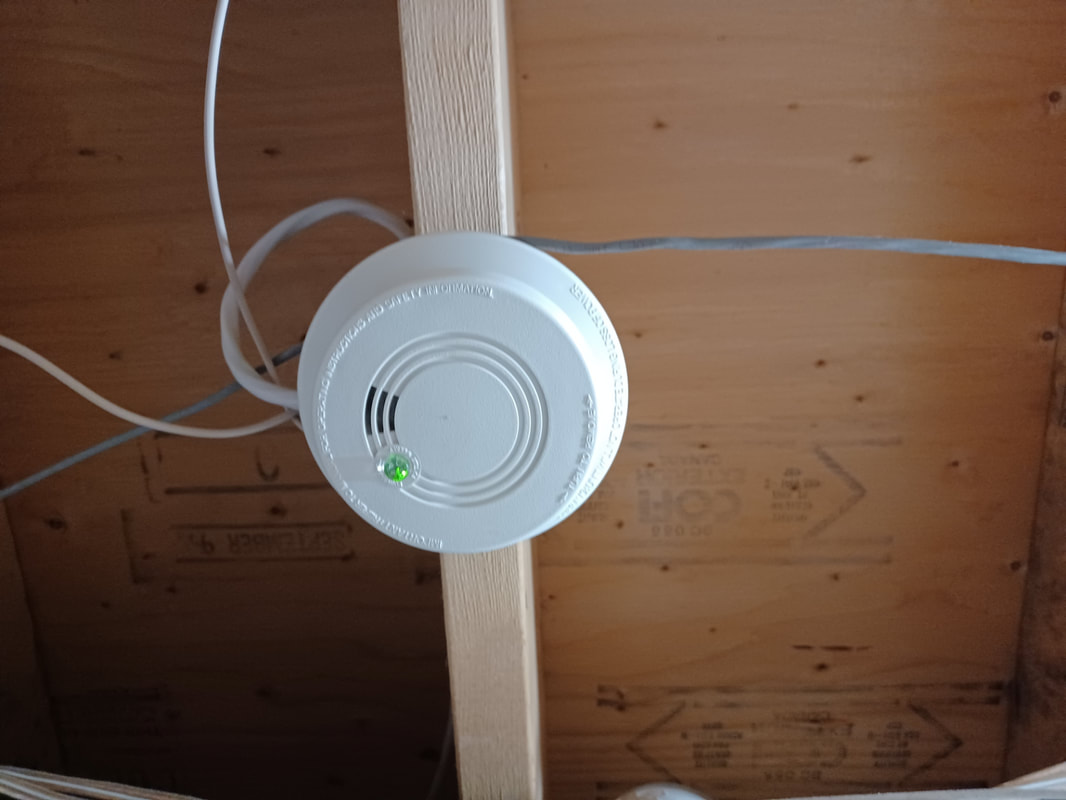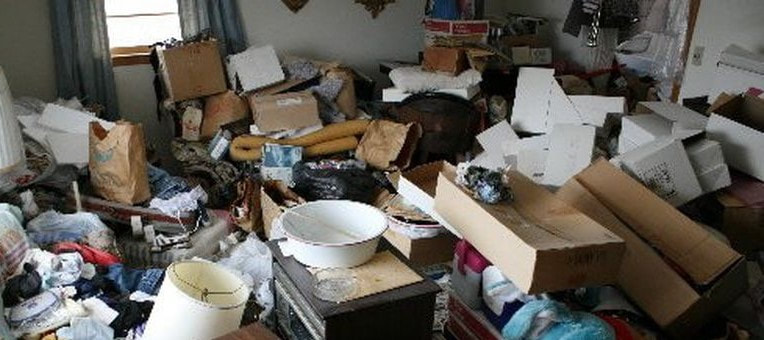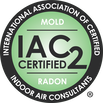Mike's Home Inspector BlogMichael Burfitt |
|
…or why I have two smoke detectors next to each other in the basement. One of the biggest safety issues I see in my home inspections is also one that is easy to remedy: the lack of smoke detectors or (more commonly) the prevalence of smoke detectors that are past the 10-year life expectancy and should be replaced. It’s an easy fix: almost every hardware store sells them for a very affordable price. They are not only an invaluable life safety device that can save lives but, along with fire extinguishers, can help stop a fire from becoming out of control and destroying a home. As mentioned, I have two smoke detectors in very close in proximity in the basement. The obvious reason for this is so that there is no question we will hear the alarm upstairs while sleeping and as a backup if one fails, but it is a little more complicated than that. The main reason is that the detector present when we moved in was ionization and I wanted an photoelectric alarm, especially near the dryer. Does this mean a photoelectric detector is better? The truth is more complicated than that. Ionization Advantages The biggest advantage of this type of detector is that it is superior in detecting flaming fires. In other words, fast moving fires that can quickly overwhelm occupants and block escape routes. This would be fires as the result of paper, wood or flammable liquids to give a few examples. These detectors are, believe it or not, filled with a radioactive substance called Americium. As scary as that sounds, the amount is astronomically tiny and poses no threat as long as they are not deliberately dismantled. In my experience, most smoke detectors utilize ionization technology. Why Use a Photoelectric Detector? Photoelectric smoke detectors are better at detecting smoldering fires, which are fires that are barely visible with a lazy haze of smoke, often for hours. A common example would be a burning cigarette, and a photoelectric detector can alert occupants to a situation that can lead to a flaming fire and give time to act (either fight or flee) accordingly. Which is Better?
I will again use my most common stock phrase and say “it depends” but the most important fact is that placement is far more important than what type you have. The simple facts are:
While it is a great idea to know the difference between the two types of residential smoke detectors, this is not generally something that home inspectors note. What IS important is that smoke detectors are installed, are working, and are well placed to maximize safety and minimize nuisance alarms. It is concerning that few homes have proper smoke detectors installed and this is one of the easiest and cheapest DIY jobs. I hope that one day I will never again hear about a fatality caused by occupants not being aware of a house fire and being unable to escape in time. Recently we have been doing a little spring cleaning in the summer and trying to do some organizing. I must admit I have a hard time letting go of items “just in case” although I certainly cannot be considered a hoarder in any way. There are several TV shows that cover the topic of hoarding and while they are informative, they tend to show the worst examples of a hoarding disorder.
What is Hoarding? The generally accepted definition of hoarding is someone who has “persistent difficulty with getting rid of possessions, especially with little or no value”. Like many other issues, it is not an all or nothing condition and various stages of hoarding exist. Generally, for a home inspector this means a hoarded home has items stored outside the normal expected areas in a house such as in stairways, in the middle of living room floors and an excessive amount on kitchen counters. The Main Problems with Hoarding The most obvious one to home inspectors is that an unusually large number of belongings in a home makes it difficult to do our jobs. We don’t have the ability to move a significant amount of homeowner belongings, and this can conceal signs of water damage or mold growth. The biggest concern however is safety. Hoarding and Emergencies When you think of emergencies, most people think of needing a clear path to escape in a fire or for paramedics to enter. Even with a path cleared that doesn’t mean that fire safety can be ignored. It takes very little time for toxic smoke to overwhelm someone, often in seconds rather than minutes. The more obstacles to walk around, the higher the chances of a tragic outcome. From a home inspection point of view, there is another potential emergency that few new homeowners think of: access to shut offs. All homes should have at least 2 and possibly 3 or more: they are usually located:
Burst plumbing in particular can do devastating amounts of damage in only a short period of time. Electrical arcs can cause fires if not immediately de-energized and electrocution can occur by touching even a single live wire if the electrical source is not stopped immediately. Some outlets in a home are protected by GFCI (Ground Fault Circuit Interrupters) but this is not universally required on all receptacles, particularly in older homes and, like an airbag or a seatbelt should not be 100% relied on to save your life. Too Many Things are a Liability, NOT an Asset Of course, many of us find that we have accumulated many more items in our house than we had when we moved in but it is vital that we regularly manage our clutter to keep it from impeding the safe function of our home. Too many assets can actually be a liability. Always keep things in designated storage spots so you will have access to everything necessary to maintain your home and be safe. Your local home inspectors and emergency responders thank you! |
Archives
July 2024
Categories
All
|
|
Inside Edge Home Inspections Ltd.
Halifax, NS 902-209-9921 [email protected] Proudly Serving the HRM & Central Nova Scotia |




 RSS Feed
RSS Feed

